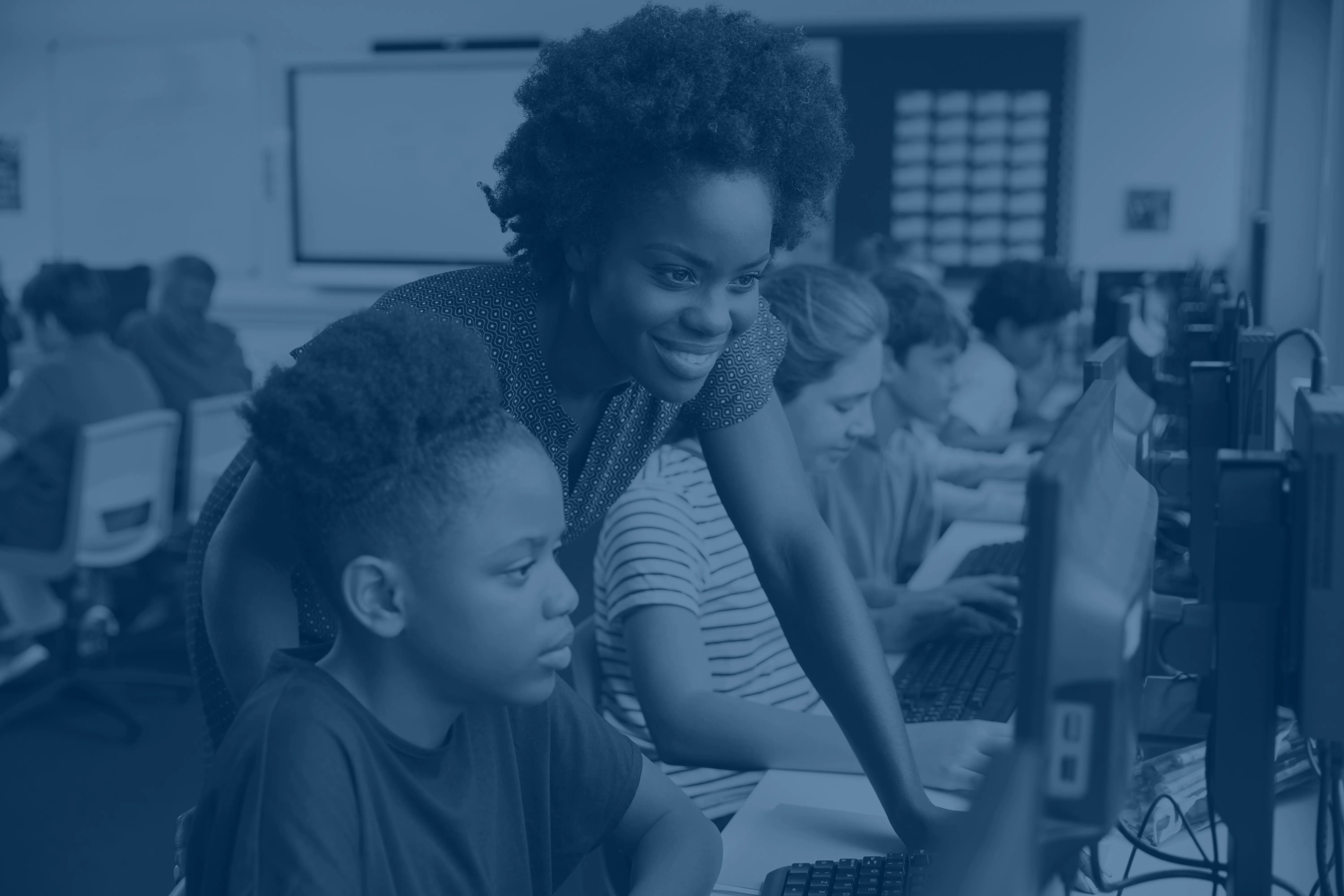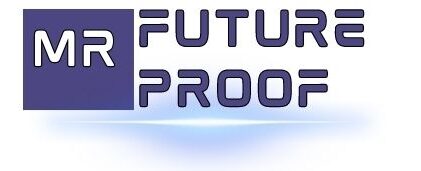Strategic thinking in education prepares students for the future by equipping them with critical thinking and problem-solving skills. Education plays a crucial role in shaping the future generation, and strategic thinking is an essential tool for students to prepare them for the challenges that lie ahead.
The traditional model of education, which primarily focused on memorization and regurgitation, is no longer effective in today’s world, where students need to be able to think critically and adapt to rapidly changing circumstances. Strategic thinking involves using analytical skills, creativity, and intuition to approach problems systematically and find effective solutions.
By honing these skills, students become better equipped to succeed in their careers and personal lives, contributing to a more prosperous society. In this article, we will explore the importance of strategic thinking in education and how educators can support students in developing these skills.

Credit: www.brookings.edu
Preparing Students For The Future
Overview Of Why It Is Important To Prepare Students For The Future
In today’s world, the future is uncertain, and it can be challenging to predict what job roles and industries will exist in the coming years. However, it is widely acknowledged that the education system must prepare students for the future by helping them acquire skills that they will need in the rapidly changing workplace.
Here are some key reasons why it is vital to prepare students for the future:
- The pace of technological advancement has accelerated, which has the potential to automate many routine jobs. Thus, students must learn skills that will prepare them for new, more advanced jobs.
- Developing new technologies, such as advanced ai, require considerable knowledge, which can be acquired through education. Thus, preparing students also helps in expanding and maintaining knowledge systems.
- With the increasing competition for employment, students with skill diversification, innovative thinking and creativity will be better prepared to upskill themselves to suit different industry needs in the future.
Understanding The Rapidly Changing World And Its Impact On Education
The world is continuously changing with the advent of technology, economies, lifestyle, culture and political landscapes impacting education along the way. Thus, education must respond to the changes taking place around and within it. Here’s how the rapidly changing world is affecting education, particularly regarding the need to prepare students for the future:
- With technological advancements and artificial intelligence disrupting traditional jobs, education must ensure that the students are equipped with problem-solving skills, tech-savviness, and creativity to handle various emerging roles in the future.
- The education landscape is shifting from conventional classroom to online-based learning with online learning platforms like pluralsight, coursera and udemy offering courses on cutting-edge technologies. Thus, students must keep themselves up-to-date with emerging education systems like e-learning classes to prepare themselves better in the future.
- Since every industry depends on data to succeed, students should learn data interpretation and analysis. This allows them to participate in the rapidly growing information and data intelligence sector.
Developing A Curriculum That Prepares Students For Their Future Roles
A curriculum must be future-facing, keeping in mind the requirement of the future job market and industry needs. The students must be exposed to the right knowledge, skills and competencies to shape as the necessary ingredients for the future success recipe.
Here’s how a curriculum can be developed to prepare students for their future roles:
- Developing a curriculum for the future should be based on technology, data skills, and emerging industry models. It should equip students with soft skills, critical thinking, problem-solving, and entrepreneurial abilities.
- The curriculum should not be fixated on textbook-based learning; integrating practical experiences, workshops, competitions, internships, and inter-school technical skills boot camps could be an excellent way to provide practical exposure.
- In addition to practical exposure, soft skills such as communication, empathy, leadership and presentation skills can be taught through subject-specific methods, such as debates, group work and project-based learning, thus promoting team building, communication and innovation and other useful factors for working within an organization.
With the rapidly changing job market awaiting in the future, education must prepare students with relevant skills and up-dateable knowledge. A future-facing curriculum should be developed to impart teachings that reflect the changing world and are tailored for success in tomorrows’ job market.
Innovative Teaching Techniques
Overview Of Innovative Teaching Techniques Aimed At Preparing Students For Their Future
The world is constantly changing, and it is paramount for education to adapt to keep up with these changes. Innovative teaching techniques that prepare students for their future need to incorporate technology, critical thinking and problem-solving skills, as well as creativity and innovation in learning environments.
Here are some ways teaching can be made innovative, keeping students ready for the future:
Incorporating Technology In Education
In this modern age, technology is an integral part of everyday life, and it is important that it is incorporated into education. Some ways that technology can be integrated into education include:
- Use of online learning platforms and tools.
- Using tools like educational apps and e-books.
- Collaboration between students in remote locations.
- Interactive classroom lectures using digital projectors, and whiteboards.
Developing Critical Thinking And Problem-Solving Skills In Students
To survive in today’s work environment, students need to be able to think critically and solve problems. These are some techniques that can help develop these skills:
- Encouraging students to question concepts taught in class.
- Suggesting that students take on real-world problems as class projects.
- Offering case studies and hypothetical scenarios for students to work on.
- Creating an atmosphere in the classroom that facilitates creative thinking and problem-solving.
Creating A Learning Environment That Fosters Creativity And Innovation
Creativity and innovation are critical in shaping the future. To prepare students for this, their learning environment must reflect creativity and innovation. Below are practical ways to achieve this:
- Allow for group discussions, group projects and group activities that spark innovation.
- Give students enough opportunities to express their creativity like writing fictional stories, drawing and painting, and singing and drama.
- Encourage multi-cultural exposure and learning to broaden their minds and think outside the box.
- Provide feedback and encouragement to students for their ideas and innovative projects.
The incorporation of innovative teaching techniques in the classroom has a significant impact on student learning outcomes and their future success. By blending technology, critical thinking, problem-solving skills, creativity and innovation in learning environments, education can prepare students for the uncertain world ahead.
Challenges And Strategies
Overview Of The Challenges Involved In Implementing Strategic Thinking In Education
Integrating strategic thinking into education faces several challenges, including:
- Traditional teaching methods: Educators often employ traditional teaching methods that do not engage students in strategic thinking. These methods include rote learning, memorisation and regimental instruction.
- Curriculum design: Some curriculums focus more on content and less on developing critical thinking skills.
- Resistance to change: Educators may resist adopting new methods and may be reluctant to change their academic practices.
- Lack of teacher training: Teachers need appropriate training to incorporate strategic thinking into lesson plans.
- Resource constraints: Some schools may not have the resources and technology to implement strategic thinking fully.
Strategies For Overcoming These Challenges
Addressing these challenges requires a combination of approaches, including:
- Adequate teacher training programs to help educators incorporate critical thinking into their teaching styles.
- Designing a curriculum that focuses more on developing critical thinking skills and less on content.
- Encouraging students to ask questions and provide solutions to real-life problems.
- Demonstrating examples of successful implementation of strategic thinking in education.
- Ensuring ample resources such as upgraded technology and available support from administration
Examples Of Successful Implementation Of Strategic Thinking In Education
Successful strategic thinking models are already in use worldwide, including:
- The teaching for understanding (tfu) model, developed at the harvard graduate school of education, employs a student-centred teaching approach, where students are encouraged to ask questions and develop answers.
- The project-based learning (pbl) model encourages students to find solutions to real-world problems, developing creativity, critical thinking, and problem-solving skills.
- The inquiry-based science education (ibse) model encourages scientific discoveries through problem-solving and critical thinking techniques.
- The student-led inquiry model provides students with an opportunity to be leaders in their education by developing their own projects and research agendas.
Involvement Of Stakeholders In The Process Of Strategic Thinking
Involving stakeholders such as students, parents, educators, policymakers and administrators in the process of strategic thinking is crucial.
- Students must be involved when developing their projects and research agendas.
- Parents and caregivers need to provide support and guidance to encourage strategic thinking from a young age.
- Educators must adapt their teaching styles to incorporate strategic thinking, with the support and guidance of policymakers.
- Policymakers can invest in programs and initiatives that promote strategic thinking at a national level.
- Administrators must provide the necessary resources and support to implement strategic thinking programs successfully.
Frequently Asked Questions Of Strategic Thinking In Education: Preparing Students For The Future
What Is Strategic Thinking In Education?
Strategic thinking in education involves preparing students for the challenges of the future by teaching critical thinking and problem-solving skills.
How Does Strategic Thinking Help Students?
Strategic thinking helps students develop skills like problem-solving, critical thinking, and decision-making, which are essential for success in the future.
What Are Some Strategies For Teaching Strategic Thinking?
Encourage active learning, emphasize critical thinking and problem-solving skills, teach risk-taking and decision-making, and foster creativity and innovation.
Conclusion
As the world becomes more complex and technology-driven, strategic thinking becomes increasingly important for students. Education institutions need to focus on teaching students how to think strategically, solve problems, and adapt to change. Strategic thinking is not just about academic achievement; it is essential for success in all areas of life.
Students need to have a growth mindset that can help them respond to new challenges and opportunities. Fortunately, there are many resources available to educators that can help them prepare their students for the future. By using innovative teaching methods, incorporating practical problem-solving exercises, and cultivating a growth mindset, schools can help students become better strategic thinkers.
Ultimately, strategic thinking is a vital skill that can help students navigate the complexities of the modern world and excel in their personal and professional lives. As such, it is crucial for educators and students alike to prioritise strategic thinking in education.

